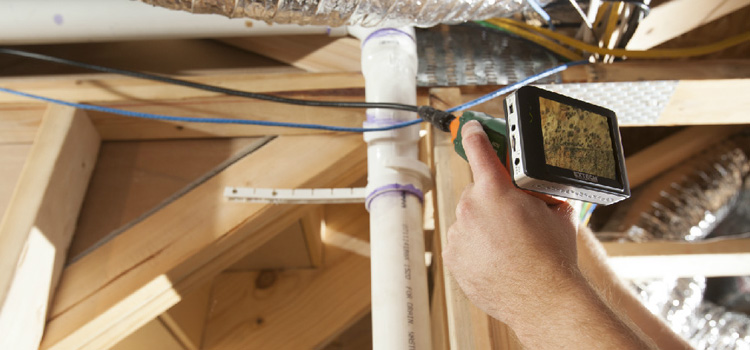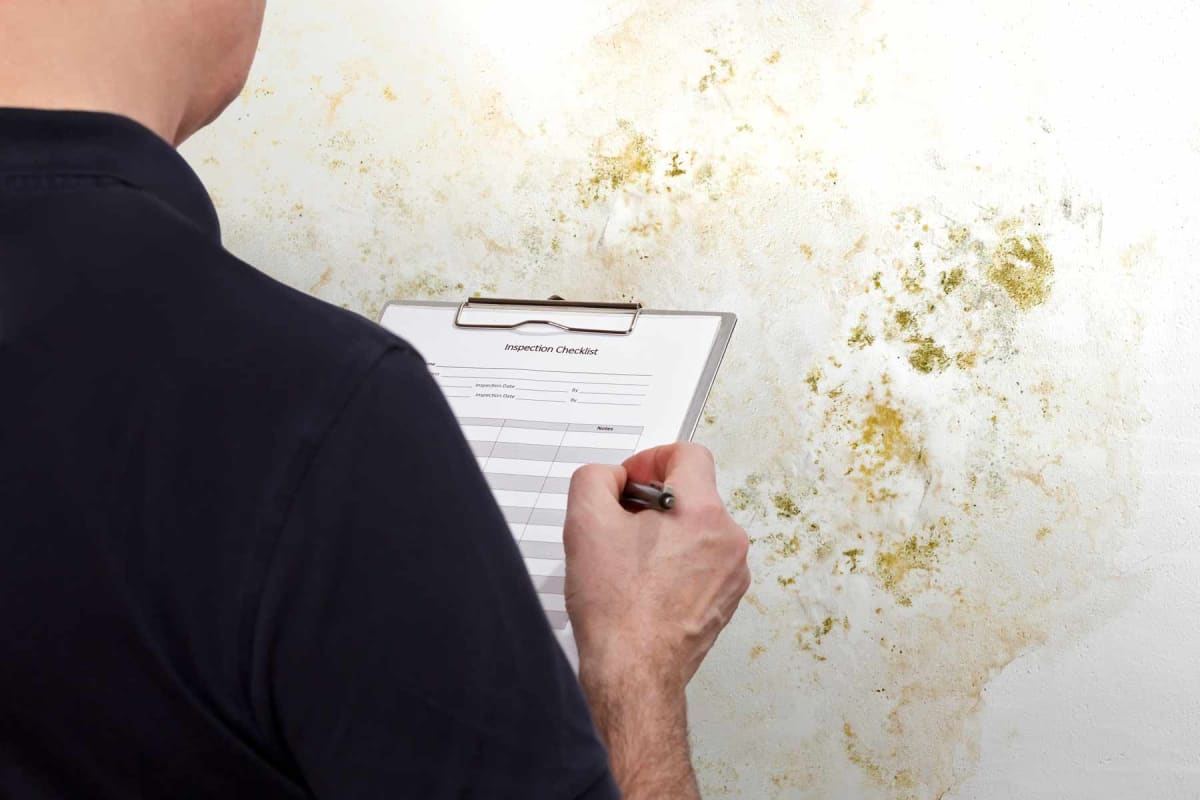Accessing Neighborhood Post Remediation Mold Testing Near Me
Accessing Neighborhood Post Remediation Mold Testing Near Me
Blog Article
Your Ultimate Guide to Blog Post Mold And Mildew Remediation Techniques
Browsing the world of post-mold remediation methods is a thorough procedure that demands interest to information and an extensive understanding of the intricacies entailed. In the results of mold infestation, recognizing how to successfully get rid of the mold and mildew and prevent its reoccurrence is paramount for preserving a healthy and balanced indoor environment. From selecting the ideal cleaning and sanitizing approaches to applying techniques for lasting mold and mildew prevention, each action in the removal trip plays an important function in ensuring a successful result. As we start this exploration of post-mold remediation methods, we will uncover the key strategies and best practices that can aid you restore your area to its pre-mold problem and safeguard it against future mold dangers.
Understanding Post-Mold Removal Process
After finishing the mold and mildew removal procedure, it is crucial to understand the post-mold removal strategies that are essential to make sure a efficient and complete cleanup. Once the mold has actually been removed, the following step involves cleansing and disinfecting the affected locations to stop any kind of regrowth of mold and mildew. This consists of utilizing specialized cleaning agents to clean down surfaces and eliminate any remaining mold and mildew spores. It is important to dry out the location totally to dissuade the growth of mold and mildew in the future (testing air quality after mold remediation). Correct ventilation and dehumidification can assist in this procedure.
Furthermore, conducting a last evaluation post-remediation is important to ensure that all mold and mildew has been efficiently eliminated. This evaluation should include a complete visual check as well as perhaps air sampling to confirm the lack of mold spores in the air. Added removal might be essential if the evaluation reveals any lingering mold. Informing passengers on preventive procedures such as managing wetness levels and quickly dealing with any kind of water leakages can aid keep a mold-free environment.
Efficient Cleaning Up and Sanitizing Methods

Preventing Future Mold Growth

Significance of Proper Air Flow
Correct air flow plays a critical duty in stopping wetness buildup, an essential aspect in mold development within interior environments. Efficient ventilation systems aid get rid of excess humidity from the air, lowering the chances of mold and mildew spores discovering the moisture they require to spread and sprout. Without sufficient air flow, indoor rooms can end up being a breeding place for mold, leading to prospective wellness threats and architectural damage.
By making certain correct air circulation, air flow systems can also aid in remove mold and mildew smell drying moist locations extra rapidly after water damages or flooding events, additionally discouraging mold and mildew development. what to do after mold remediation. Precede like washrooms, kitchen areas, cellars, and attic rooms where moisture degrees often tend to be greater, setting up and keeping reliable ventilation systems is important in protecting against mold and mildew infestations

Monitoring and Maintenance Tips
Given the important function that appropriate air flow plays in preventing mold and mildew growth, it is crucial to establish efficient tracking and maintenance ideas to guarantee the ongoing functionality of air flow systems. Routine inspections of air flow systems should be conducted to check for any type of signs of clogs, leaks, or breakdowns that could hamper proper air movement. Monitoring moisture degrees within the home is also vital, as high humidity can add to mold and mildew growth. Mounting a hygrometer can help track moisture degrees and alert home owners to any spikes that might require interest. Additionally, making sure that air filters are routinely cleansed or replaced is vital for keeping the efficiency of the ventilation system. Applying a routine for routine maintenance tasks, such as duct cleansing and heating and cooling system inspections, can aid protect against problems before they intensify. By remaining aggressive and alert to the condition of ventilation systems, homeowner can effectively alleviate the risk of mold regrowth and preserve a healthy interior atmosphere.
Conclusion
In conclusion, post-mold removal strategies are necessary for making certain a secure and tidy atmosphere. Understanding the procedure, implementing reliable cleaning and disinfecting approaches, protecting against future mold growth, maintaining appropriate ventilation, and normal tracking are all important action in the removal process. By adhering to these standards, you can successfully eliminate mold and stop its return, advertising a healthy living or working area for Visit This Link all residents.
In the aftermath of mold and mildew invasion, recognizing how to properly remove the mold and mildew and stop its reoccurrence is critical for keeping a healthy interior setting. Once the mold and mildew has been eliminated, the following step involves cleansing and sanitizing the affected locations to prevent any kind of remove mold carpet vinegar regrowth of mold - what to do after mold remediation. After removing noticeable mold and mildew development, it is crucial to clean all surfaces in the damaged location to get rid of any kind of remaining mold spores. To additionally boost mold prevention actions, it is vital to attend to underlying concerns that originally led to mold and mildew growth.Given the vital function that correct air flow plays in stopping mold and mildew development, it is essential to establish efficient monitoring and upkeep pointers to make sure the continued capability of ventilation systems
Report this page